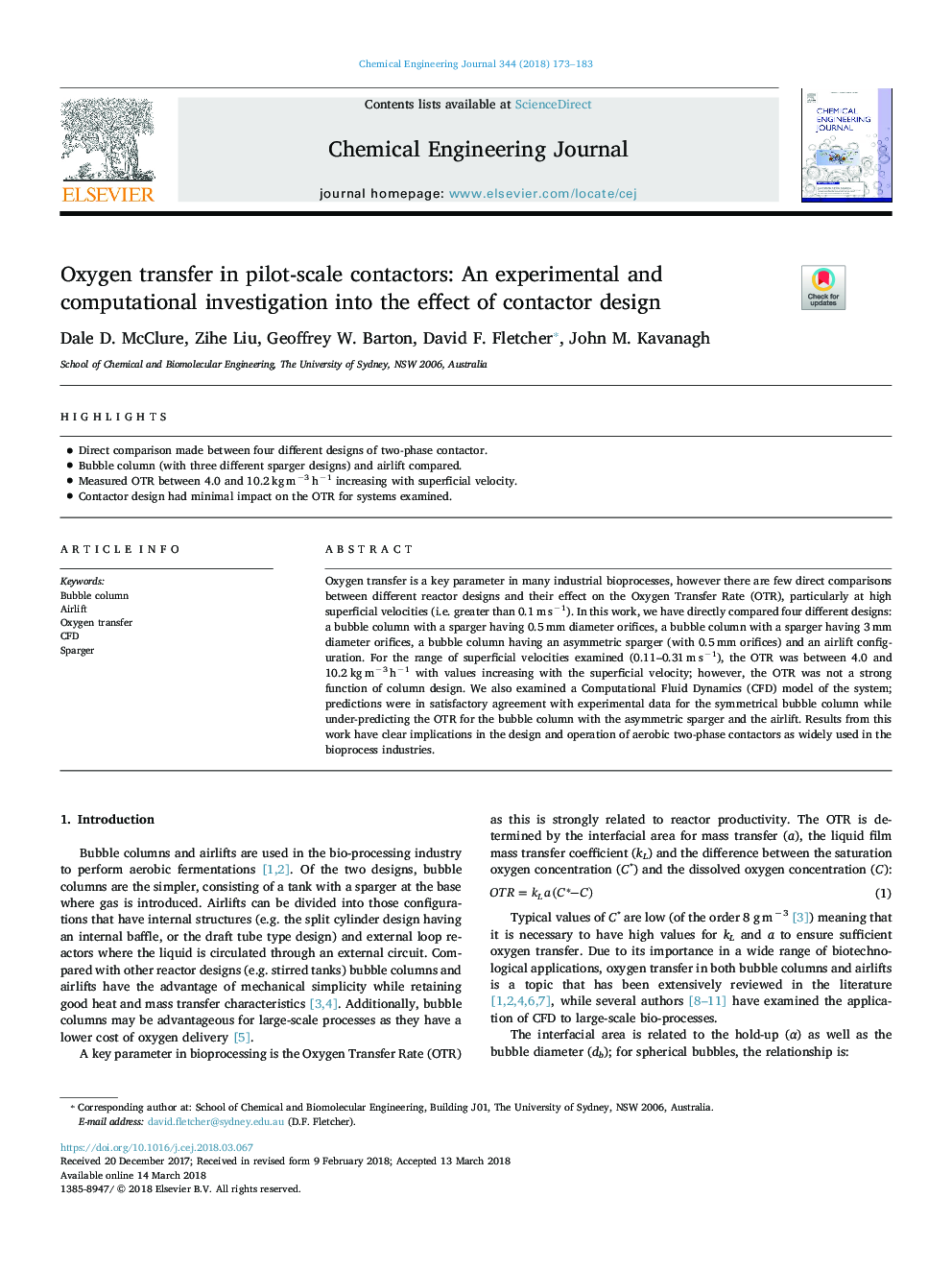| Article ID | Journal | Published Year | Pages | File Type |
|---|---|---|---|---|
| 6579582 | Chemical Engineering Journal | 2018 | 11 Pages |
Abstract
Oxygen transfer is a key parameter in many industrial bioprocesses, however there are few direct comparisons between different reactor designs and their effect on the Oxygen Transfer Rate (OTR), particularly at high superficial velocities (i.e. greater than 0.1â¯mâ¯sâ1). In this work, we have directly compared four different designs: a bubble column with a sparger having 0.5â¯mm diameter orifices, a bubble column with a sparger having 3â¯mm diameter orifices, a bubble column having an asymmetric sparger (with 0.5â¯mm orifices) and an airlift configuration. For the range of superficial velocities examined (0.11-0.31â¯mâ¯sâ1), the OTR was between 4.0 and 10.2â¯kgâ¯mâ3â¯hâ1 with values increasing with the superficial velocity; however, the OTR was not a strong function of column design. We also examined a Computational Fluid Dynamics (CFD) model of the system; predictions were in satisfactory agreement with experimental data for the symmetrical bubble column while under-predicting the OTR for the bubble column with the asymmetric sparger and the airlift. Results from this work have clear implications in the design and operation of aerobic two-phase contactors as widely used in the bioprocess industries.
Related Topics
Physical Sciences and Engineering
Chemical Engineering
Chemical Engineering (General)
Authors
Dale D. McClure, Zihe Liu, Geoffrey W. Barton, David F. Fletcher, John M. Kavanagh,
